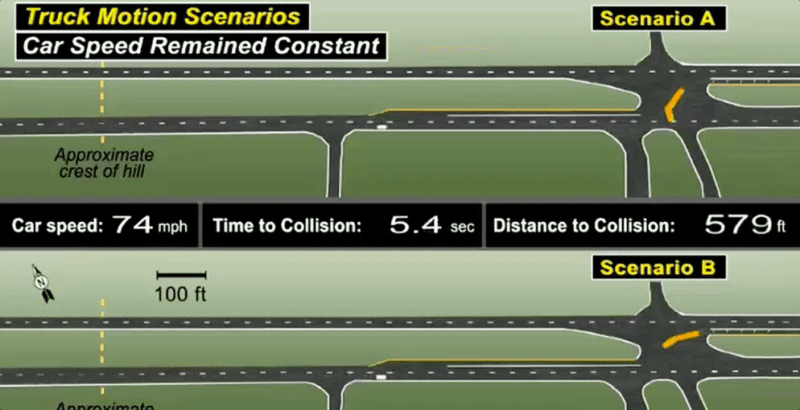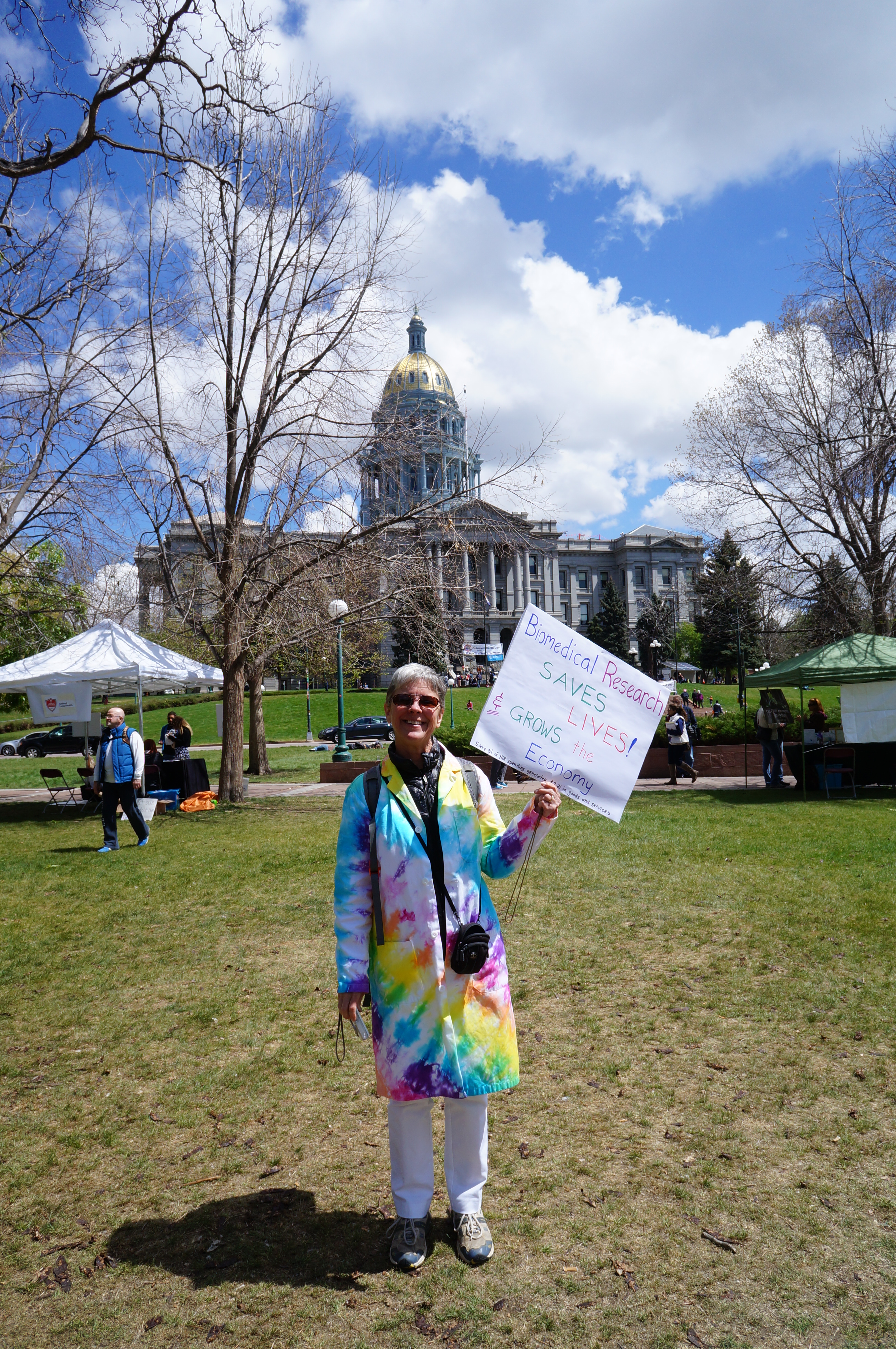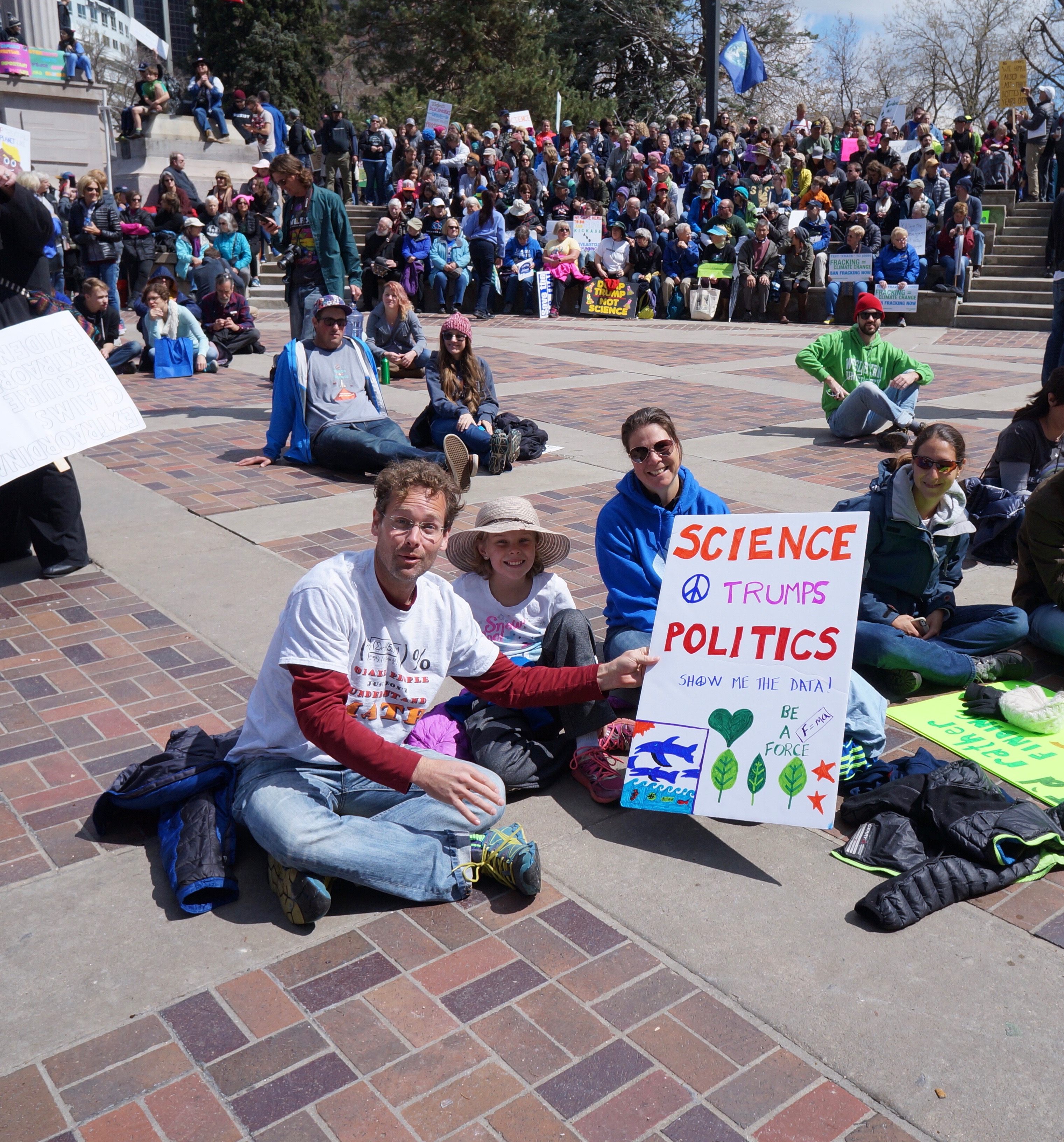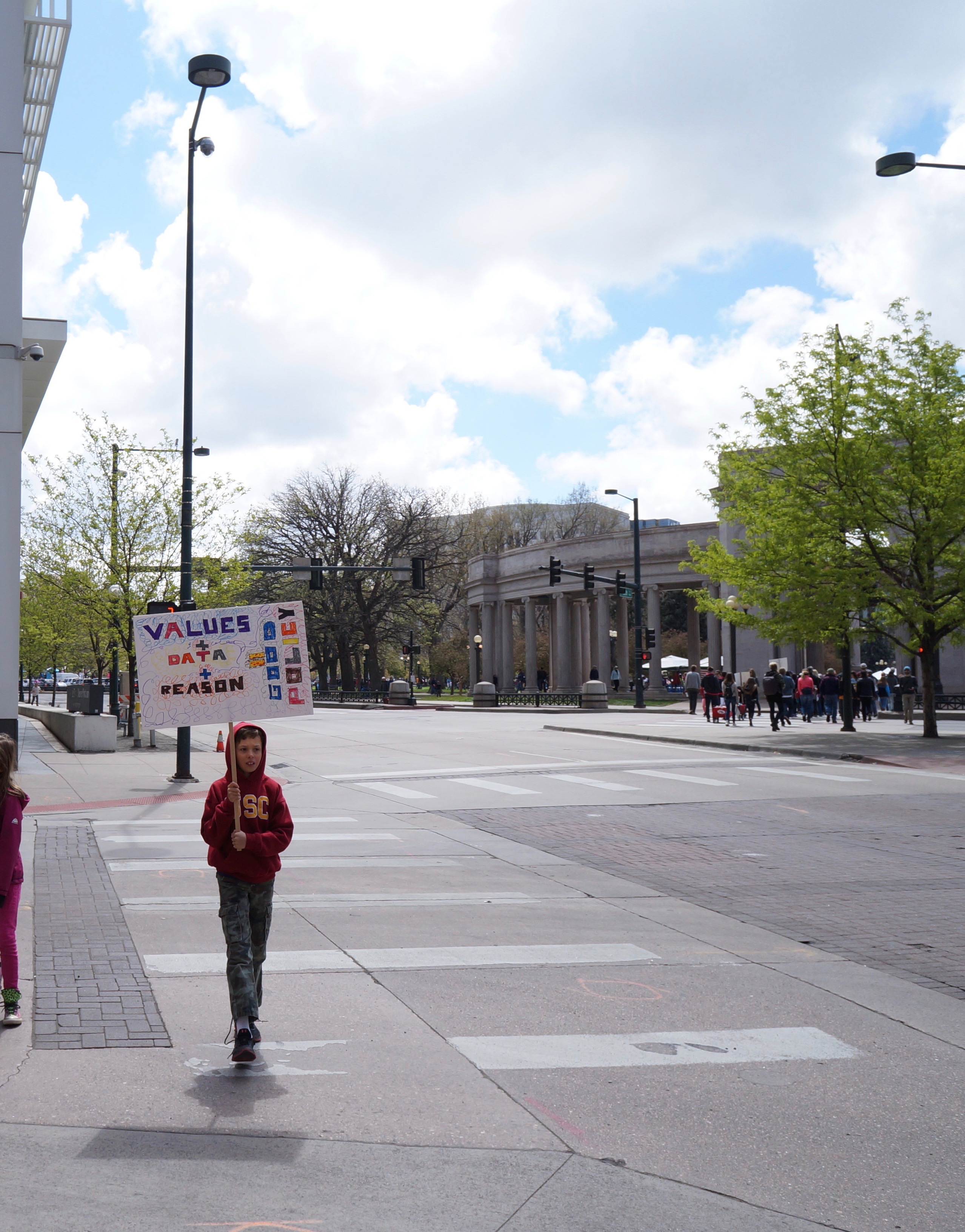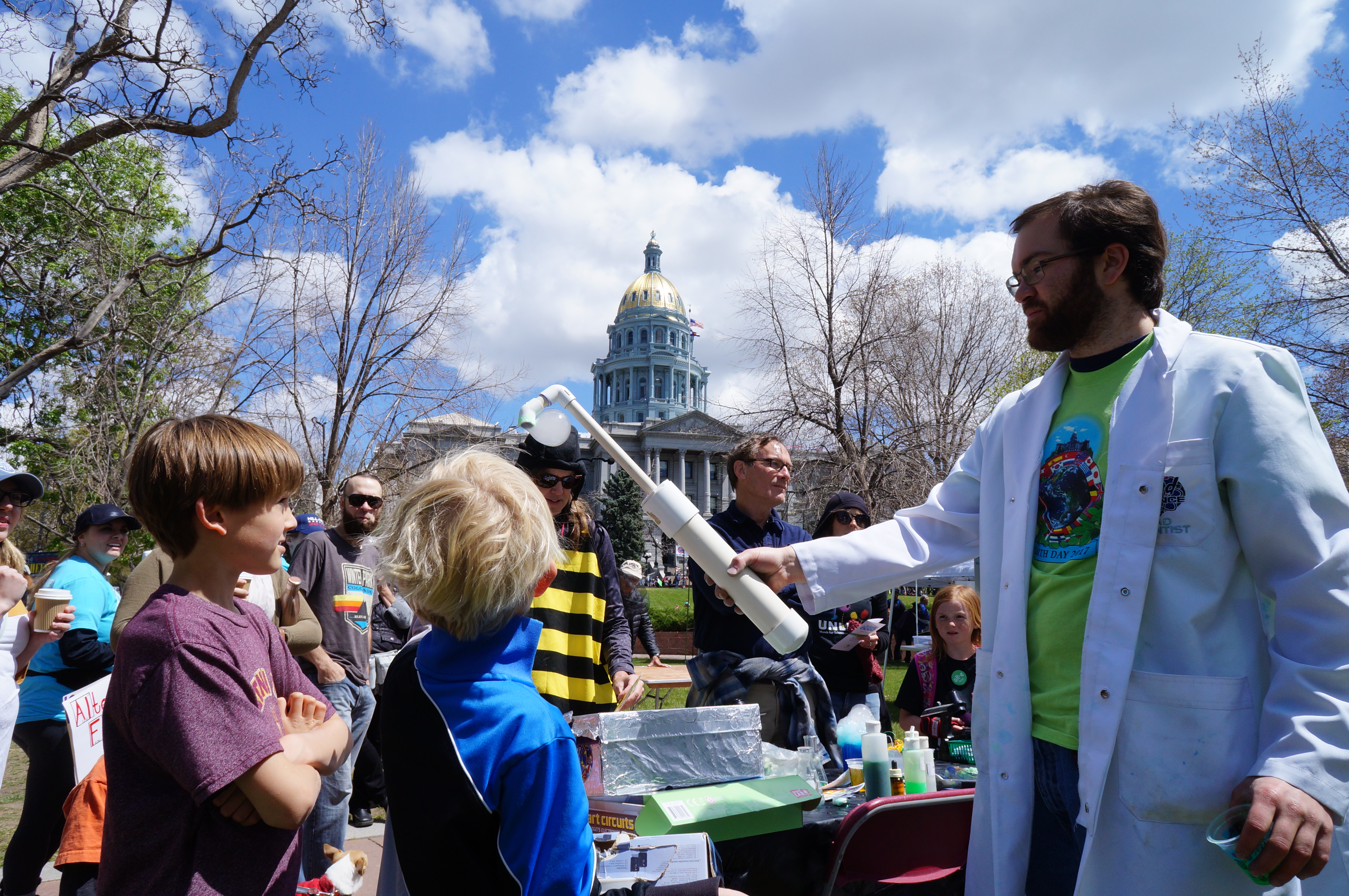I have a chapter in the new Routledge Companion to Environmental Studies summarising the debate on geoengineering. The publisher, despite employing our free labour, have refused to send out copies to authors.
I’ve pasted a preprint version of the chapter. A pdf is here
Abstract
Geoengineering means deliberately manipulating the earth’s climate in order to counteract climate change. It is little more than a set of ideas. There is little in the way of technological development. However, proposals such as the spreading of sulphate particles in the stratosphere are now starting to be taken seriously by climate scientists. Geoengineering would mean humanity taking responsibility for planetary climate control. It raises huge questions that relate to technological feasibility and unintended climatic consequences, as well as the ethics and politics of pursuing a technological fix for climate change.
Introduction
Responses to the global problem of climate change have conventionally been separated into mitigation and adaptation. As concerted global action on climate has stalled, national science advisers and others have augmented this to press their case. John Holdren in 2010 told a climate change conference that “We only have three options… It’s really that simple: mitigation, adaptation, and suffering.”[1]
However, in the darker corners of the climate debate, another, more radical option has sometimes been discussed: geoengineering (or ‘climate engineering’). The idea of intentional technological interference in the climate system in order cool the planet has a long history, but has only recently emerged to become a topic of mainstream scientific discussion.
History: Rethinking the unthinkable
Geoengineering is often discussed as an ‘emerging technology’. But it is not a technology at all. It is not even a basket of technologies, or potential technologies, although some of the technical possibilities suggested for geoengineering are better developed than others. Geoengineering is an idea, and it is a deeply problematic one. In 2010, science writer Eli Kintisch announced that it was ‘a bad idea whose time has come’.[2]
As an idea, geoengineering has a history as long as that of modern science. Francis Bacon, in his imaginary constitution of Salomon’s House’, saw the control of weather being an important part of the project of organised natural philosophy.[3] Three centuries later, JD Bernal claimed that,
“By an intelligent diversion of warm ocean-currents together with some means of colouring snow so that the sun could melt it, it might be possible to keep the Arctic ice-free for one summer, and that one year might tip the balance and permanently change the climate of the northern hemisphere.”[4]
Such speculations would continue throughout the twentieth century. At the same time, as described exhaustively by James Fleming, enthusiasts and engineers of varying credibility promised control of the weather to desperate farmers and others who had fallen victim to climatic whims.[5] The story of these rainmakers moved slowly from mythology to respectable science during the twentieth century. As the growth of computing power and global climate models promised greater predictive power over the weather and potent, world-changing technologies emerged during the two World Wars and the Cold War, some techno-optimists began to construct more detailed schemes. John Von Neumann wanted to take ‘the first steps toward influencing the weather by rational, human intervention’.[6] As described by Kristine Harper, visions of control lay behind the rapid growth of meteorology as a science, although in public most scientists would emphasise that their aims were merely predictive.
Some of the earliest thinking on what came to be known as stratospheric particle injection came from Mikhail Budyko, a Russian who was one of the leading figures in the quantification of meteorology, previously been ridiculed as a ‘guessing science’.[7] In the 1970s, Budyko sketched a plan for increasing the reflectivity of the planet’s upper atmosphere using sulphate particles, dispensed from aeroplanes.[8] It was this idea that, having lain all-but dormant for 40 years, inspired the intervention of Paul Crutzen in 2006. Crutzen, a highly respected Nobel Laureate for his work on atmospheric ozone, argued that the problem of climate change was an intractable Gordian knot. Geoengineering with a stratospheric sunshade provided a sword, or, as he put it, ‘a contribution to resolve a policy dilemma’ (Crutzen, 2006).
Crutzen’s paper brought a veneer of respectability to what had previously been considered a Cold War joke. He argued that the technologies with which to geoengineer were cheap and readily available. Even scientists who hated the idea could not ignore the possibility that it might be put into action at some point.
Assessing geoengineering options
Oliver Morton begins his analysis of geoengineering by asking two questions, originally from Robert Socolow:
-
Do you believe the risks of climate change merit serious action aimed at lessening them?
-
Do you think that reducing an industrial economy’s carbon dioxide emissions to near zero is very hard?[9]
If we answer yes to both, Morton argues, we should take geoengineering seriously. As 21st Century climate scientists around the world detected inadequate policy responses to the problem they had elucidated, they reluctantly began to agree.
For many of these scientists, geoengineering aroused particular concerns. International negotiations on climate change mitigation were fragile and geoengineering seemed to present a ‘moral hazard’: if insurance against the risks of climate change were on offer, people in power would surely become less interested in reducing greenhouse gas emissions. Scientists were not only concerned that geoengineering would be seen as a ‘get out of jail free’ card, they also worried that its deployment would have unintended consequences on global weather. In 2008, Alan Robock offered what he called a ‘fairly comprehensive list of reasons why geoengineering might be a bad idea’. The list was wide-ranging, encompassing politics, ethics and risks to local weather. Robock concludes that, in addition, ‘there is reason to worry about what we don’t know’.[10] Robock was one of the first wave of natural scientists to seriously explore geoengineering.
The move towards the scientific mainstream, coupled with growing attention from right-wing pundits in the USA who were eager for hassle-free solutions to the question of climate change, prompted the Royal (see diagram), the UK’s national academy of sciences, to take on geoengineering in 2008. Their assessment, which aimed to bring a cool scientific rationality to what had become a heated discussion, set the tone for much subsequent discussion.[11]

(Copyright Royal Society. Used with permission)
The Royal Society divided Geoengineering options into two proposed mechanisms of intervention. The first, carbon dioxide removal, involves the reduction of greenhouse gas concentrations in the atmosphere with machines or by enhancing natural systems. The second, solar radiation management, bounces a proportion of sunlight back into space by making the Earth’s surface, clouds or upper atmosphere more reflective.
The Society assessed the various options on multiple criteria, including effectiveness, speed, cost, safety, and concluded, as Paul Crutzen had done, that stratospheric particle injection was the most potent, the cheapest, but also the riskiest option available. The report concluded “all of the geoengineering methods assessed have major uncertainties in their likely costs, effectiveness or associated risks and are unlikely to be ready for deployment in the short to medium term”[12]. Nevertheless, scientific interest in stratospheric particle injection continued to grow, [13] in part because of an assumption that it would be, in David Keith’s words, ‘cheap and technically easy’.[14] Economist William Nordhaus was among the first to argue that, compared with decarbonisation of industrial society, geoengineering offered the potential for ‘costless mitigation of climate change’.[15] This economic enthusiasm was then, without much critical analysis, popularised in the book Superfreakonomics.[16] The history of similar sociotechnical systems suggests that the complexities and uncertainties associated such cost estimates are vast.
In 2015, the US National Academies revisited geoengineering, renaming it ‘climate intervention’ because of the committee’s opinion that the previous label “implies a greater level of precision and control than might be possible” (ibid., p. x). The US assessment echoed much of the Royal Society’s and further elucidated the problem identified by the UK body, which is that the cheapest most potent proposals for geoengineering were also those that were most ethically problematic and hardest to govern. It is notable that both the UK and US assessments have included ethical and political concerns alongside more conventional technical ones.
For some (including an early reviewer of the Royal Society’s report) the profundity of ethical and safety concerns raised by stratospheric particle injection warranted ruling it our altogether. Mike Hulme has argued that it represents ‘an illusory solution to the wrong problem’ and should therefore be taken off the table altogether.[17] Whether in spite of or because of its Promethean connotations, stratospheric geoengineering continues to dominate geoengineering discussions.
Conclusion
The debate about geoengineering has tended to make technologies and ideas appear closer and more real than they in fact are. For any geoengineering technology to make a substantial difference to climate change, it would demand a dramatic reconfiguration of research, technology, society and politics. The debate about geoengineering currently out of all proportion to the scale of actual research into it. Where research has been funded, it has tended to involve frictionless simulations in computer climate models and speculative social science and ethics. As of 2016, there is very little engineering in geoengineering.[18] There is still, therefore, an important discussion to be had about we – as society and as scientific researchers – should proceed: Should outdoor experiments begin? Should patents on geoengineering technologies be allowed? Can geoengineering only be legitimately governed at the level of the United Nations? As with any set of complex technologies, any hard predictions are doomed to fail. Geoengineering, perhaps in another guise or with more modest ambitions, may come to be an important part of the response to climate change, or it may eventually be regarded as nothing more than wild speculation. Watch this space.
Learning resources
Books
- Hulme, M. (2014). Can science fix climate change: A case against climate engineering. John Wiley & Sons.
- Keith, D. (2013). A case for climate engineering. MIT Press.
- Morton, O. (2015). The Planet Remade: How geoengineering could change the world. Princeton University Press.
- Stilgoe, J. (2015). Experiment earth: Responsible innovation in geoengineering. Routledge.
Audio
Video
[1] Text of remarks by Obama science adviser John Holdren to the National Climate Adaptation Summit, May 27, 2010
[2] Kintisch, E. (2010). Hack the planet: science’s best hope-or worst nightmare-for averting climate catastrophe. John Wiley & Sons.p. 13
[3] Horton, Z. (2014) Collapsing Scale: Nanotechnology and Geoengineering as Speculative Media, in press
[4] Bernal, J. D. (1939). The Social Function of Science, Faber 2010 edition, pp. 379-380
[5] Fleming, J. (2010). Fixing the Sky: The Checkered History of Weather and Climate Control, Columbia University Press. New York
[6] Von Neumann, quoted in Harper, K. (2008). Weather by the numbers: The genesis of modern meteorology, MIT Press.
[7] Harper, K. (2006). Meteorology’s Struggle for Professional Recognition in the USA (1900–1950). Annals of science, 63(02), 179-199.
[8] Budyko, M. I. 1974, Izmeniya Klimata. Gidrometeoizdat, later published as: Budyko, M. I. 1977 Climatic changes (transl. Izmeniia Klimata Leningrad: Gidrometeoizdat, 1974). Washington, DC: American Geophysical UnionBuchanan, R. A. (2006).
[9] Morton, O, 2015, The Planet Remade, Princeton University Press, p. 1
[10] Robock, A., (2008). 20 reasons why geoengineering may be a bad idea. Bulletin of the Atomic Scientists, 64, No. 2, 14-18, 59., p. 17.
[11] Royal Society, 2009, Geoengineering the Climate: Science, governance and uncertainty, London, Royal Society. (It is worth noting that this study was not the first assessment of geoengineering by a national academy. The US national academies addressed the issue, albeit in politically unsophisticated terms, in 1992 as part of an assessment of options for tackling climate change (NAS (1992) Policy Implications of Greenhouse Warming. National Academy Press, Washington).)
[12] Geoengineering the Climate: Science, Governance and Uncertainty (London: The Royal Society, September 2009), p. 57,
[13] Oldham, P., Szerszynski, B., Stilgoe, J., Brown, C., Eacott, B., & Yuille, A. (2015). Mapping the landscape of climate engineering. Philosophical Transactions of the Royal Society of London A, 372(2031), 1-20.
[14] Keith, D. (2013). A case for climate engineering. MIT Press, p. ix
[15] Nordhaus, W. D. (1992). An Optimal Transition Path for Controlling Greenhouse Gases. Science, 258, 1315-19.p.1317.
[16] Levitt, S. D., & Dubner, S. J. (2010). Superfreakonomics: Global cooling, patriotic prostitutes and why suicide bombers should buy life insurance. Penguin UK.
[17] Hulme, M. (2014). Can Science Fix Climate Change: A Case Against Climate Engineering. John Wiley & Sons., p. 130
[18] Oldham, P., Szerszynski, B., Stilgoe, J., Brown, C., Eacott, B., & Yuille, A. (2015). Mapping the landscape of climate engineering. Philosophical Transactions of the Royal Society of London A, 372(2031), 1-20.





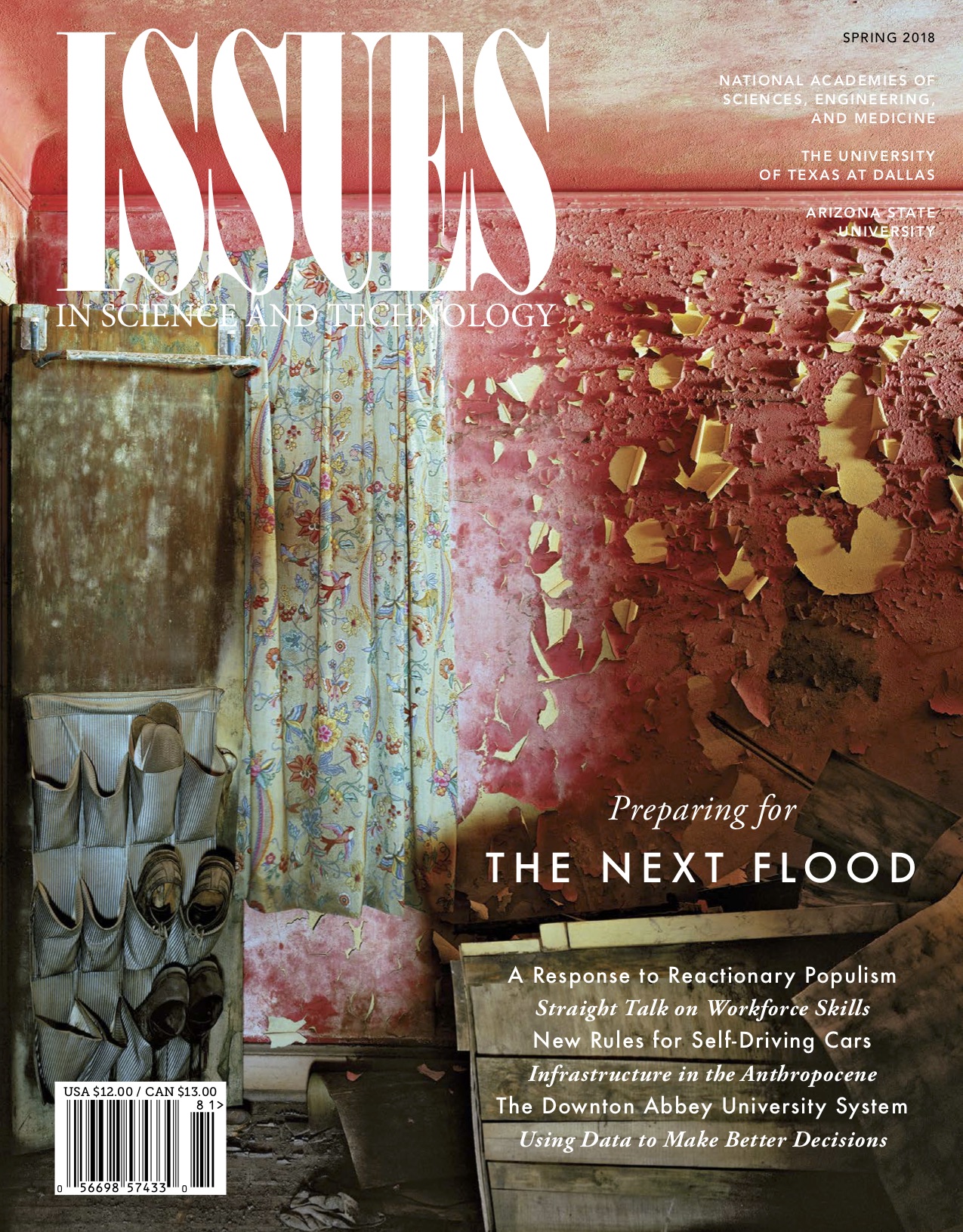 My argument focuses on the National Transportation Safety Board and the role that they played in social learning around the May 2016 Tesla Autopilot crash. After this crash, I wrote a piece for the Guardian asking ‘
My argument focuses on the National Transportation Safety Board and the role that they played in social learning around the May 2016 Tesla Autopilot crash. After this crash, I wrote a piece for the Guardian asking ‘